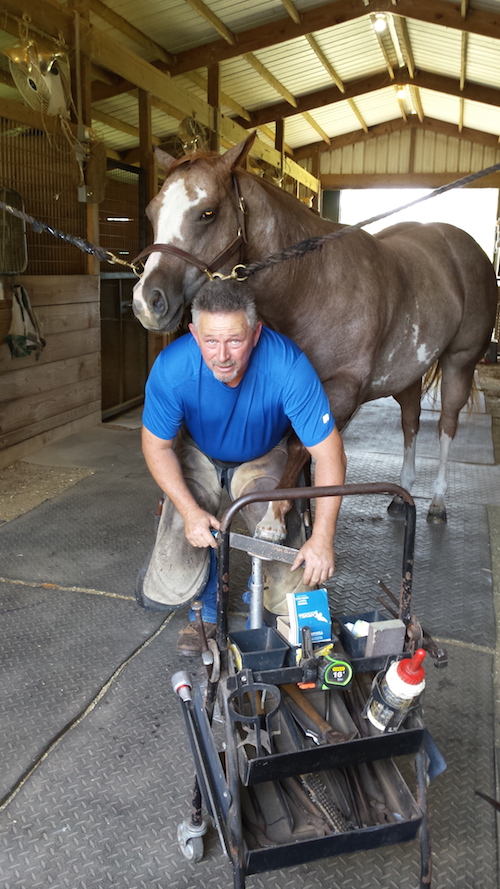American Farriers Journal
American Farriers Journal is the “hands-on” magazine for professional farriers, equine veterinarians and horse care product and service buyers.
While some clients aren’t capable of performing the necessary rehabilitation tasks, others want to finish the rehab early.
Scott Chandler, a farrier in Ocala, Fla., recently worked with a laminitic horse that was doing very well, until the client became impatient.
“The vet and I had talked to the lady about not turning the horse out yet,” he says. “Things were looking good but the horse needed more time. She moved her horse to a different place with a nice turnout area where the ground was a little softer, so she turned the horse out. It had been turned out for about a week when the vet and I went back to radiograph the horse, and we’d lost ground.”
People often think that just because the horse seems to be doing better and is sound at a walk, they don’t have to keep following the vet or farrier’s instructions.
“Owners may get over eager to start using the horse again, or turn it out again,” Chandler says. “They don’t wait until they have the final OK from the farrier and vet, who are working together to try to get these horses back on track. The owner thinks that just because the horse is doing better, it’s healed.”
Be specific about the necessary time to heal, as well as the possible consequences.
 It’s important to be specific about the amount of time that a horse will need to heal. Scott Chandler often relates the recovery time that a horse needs to…
It’s important to be specific about the amount of time that a horse will need to heal. Scott Chandler often relates the recovery time that a horse needs to…